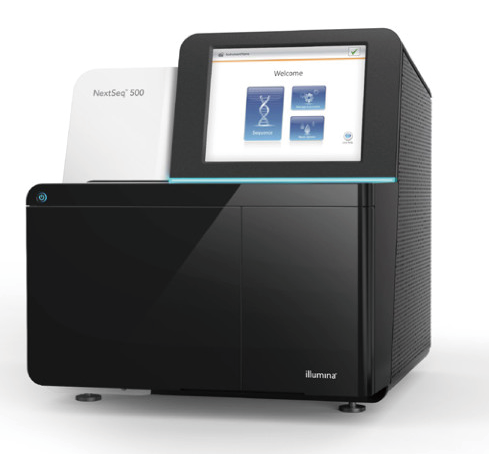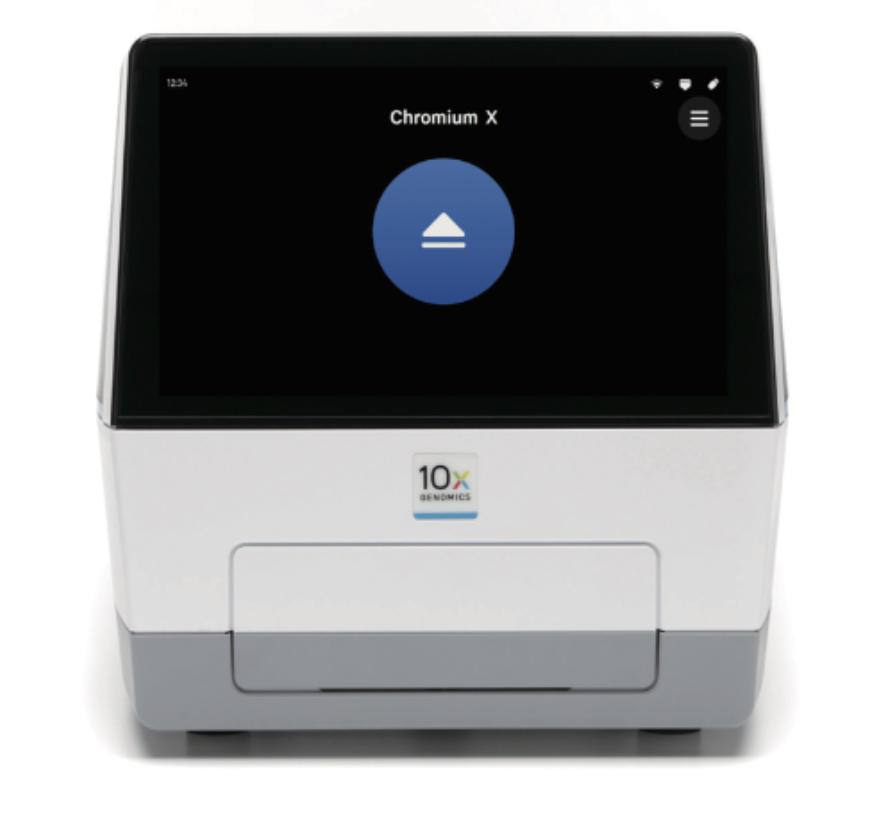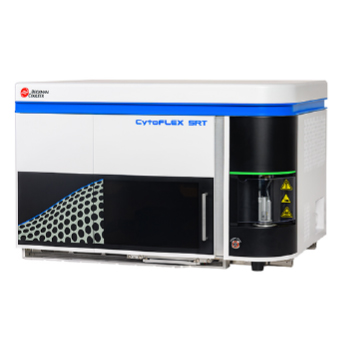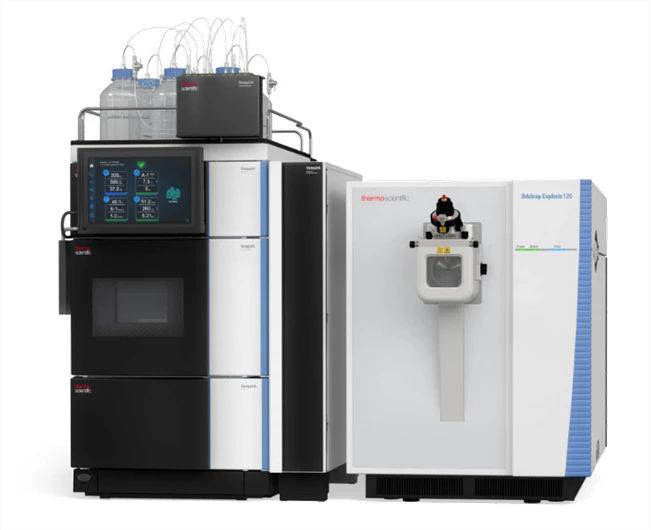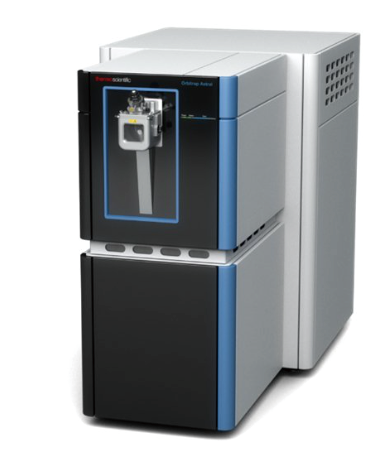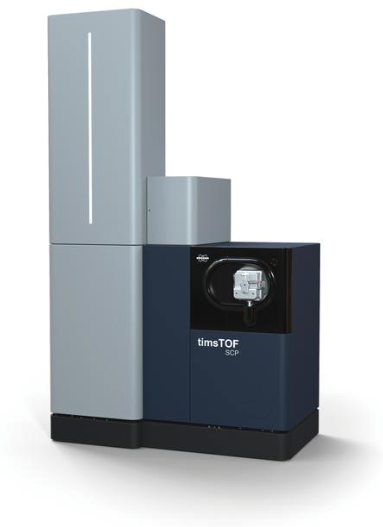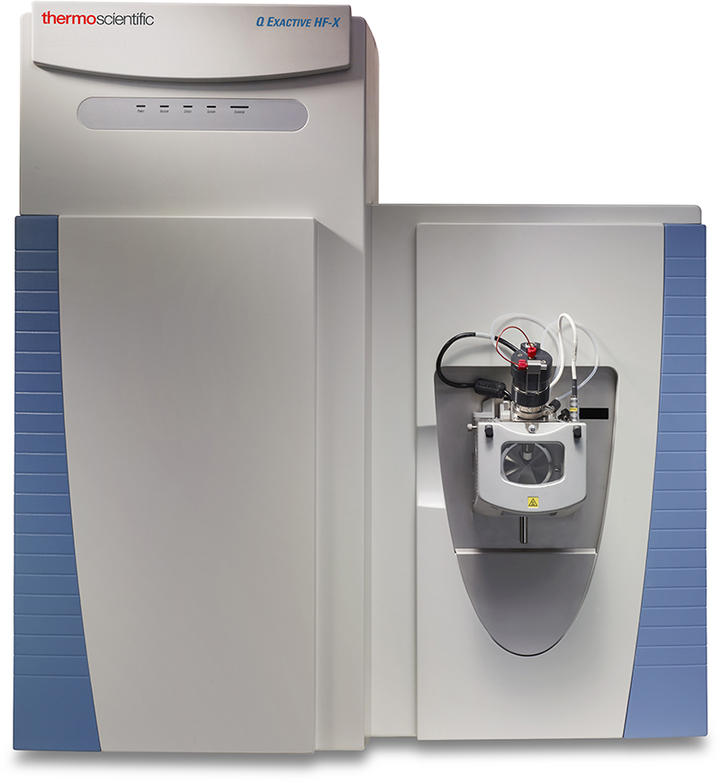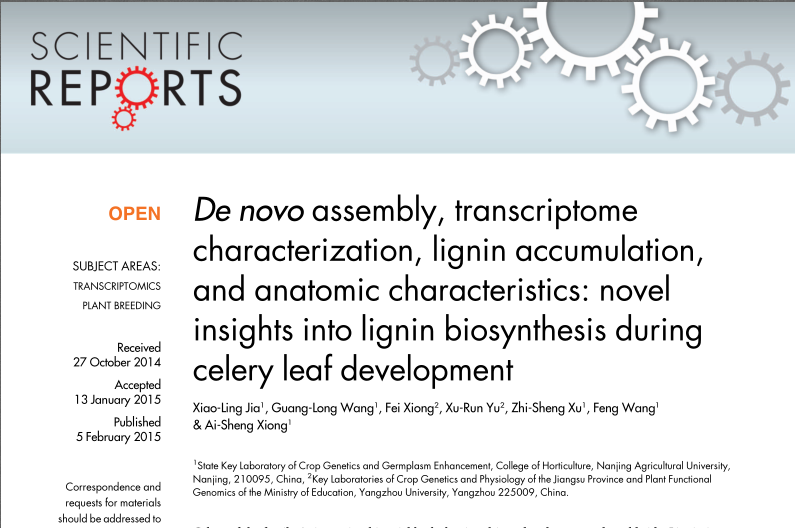
Abstract:
Celery of the family Apiaceae is a biennial herb that is cultivated and consumed worldwide. Lignin is essential for cell wall structural integrity, stem strength, water transport, mechanical support, and plant pathogen defense. This study discussed the mechanism of lignin formation at different stages of celery development. The transcriptome profile, lignin distribution, anatomical characteristics, and expression profileof leaves at threes tages were analyzed. Regulating lignin synthesis in celery growth developmenthas a significant economic value. Celery leaves at three stages were collected, and Illumina paired-end sequencing technology was used to analyze large-scale transcriptome sequences. From Stage 1 to 3, the collenchyma and vascular bundles in the petioles and leaf blades thickened and expanded, whereas the phloem and the xylem extensively developed. Spongy and palisade mesophyll tissues further developed and were tightly arranged. Lignin accumulation increased in the petioles and the mesophyll (palisade and spongy),and the xylem showed strong lignification.Lignin accumulation in differentt issues and at different stages of celery development coincides with the anatomic characteristics and transcript levels of genes involved in lignin biosynthesis. Identifying the genes that encode lignin biosynthesis-related enzymes accompanied by lignin distribution may help elucidate the regulatory mechanisms of lignin biosynthesis in celery.
原文索引:
Jia X L, Wang G L, Xiong F, et al. De novo assembly, transcriptome characterization, lignin accumulation, and anatomic characteristics: novel insights into lignin biosynthesis during celery leaf development.[J]. Sci Rep, 2015, 5:8259. doi:10.1038/srep08259.
文章鏈接:
http://www.nature.com/articles/srep08259






